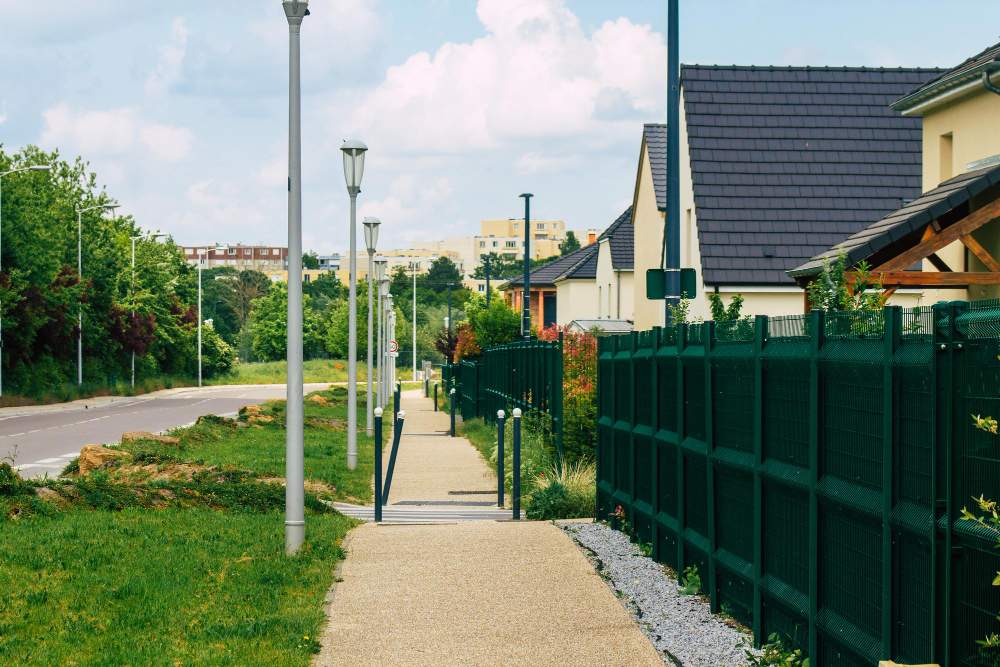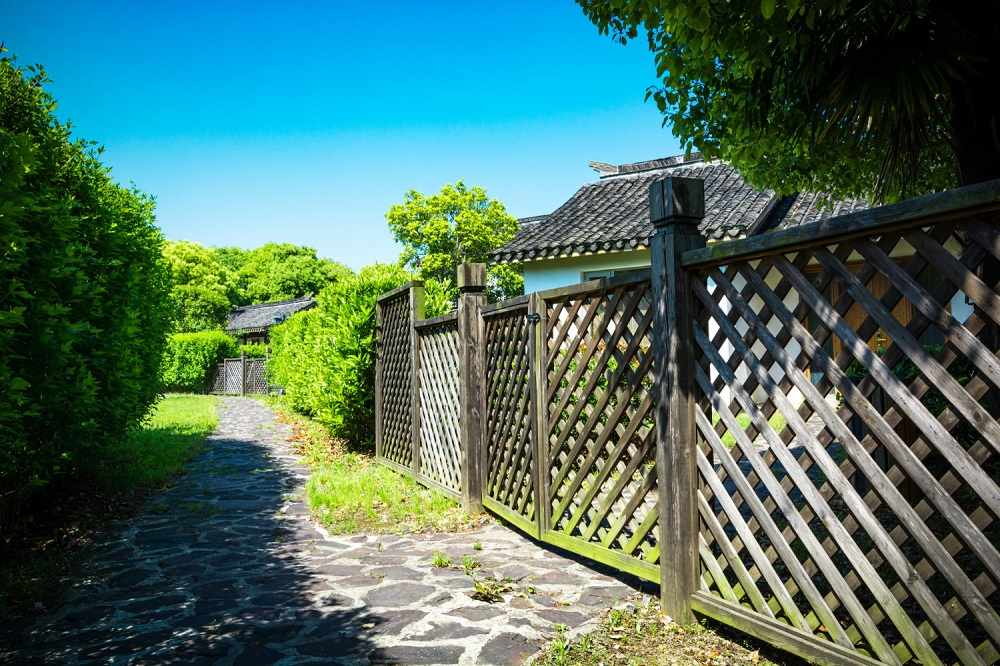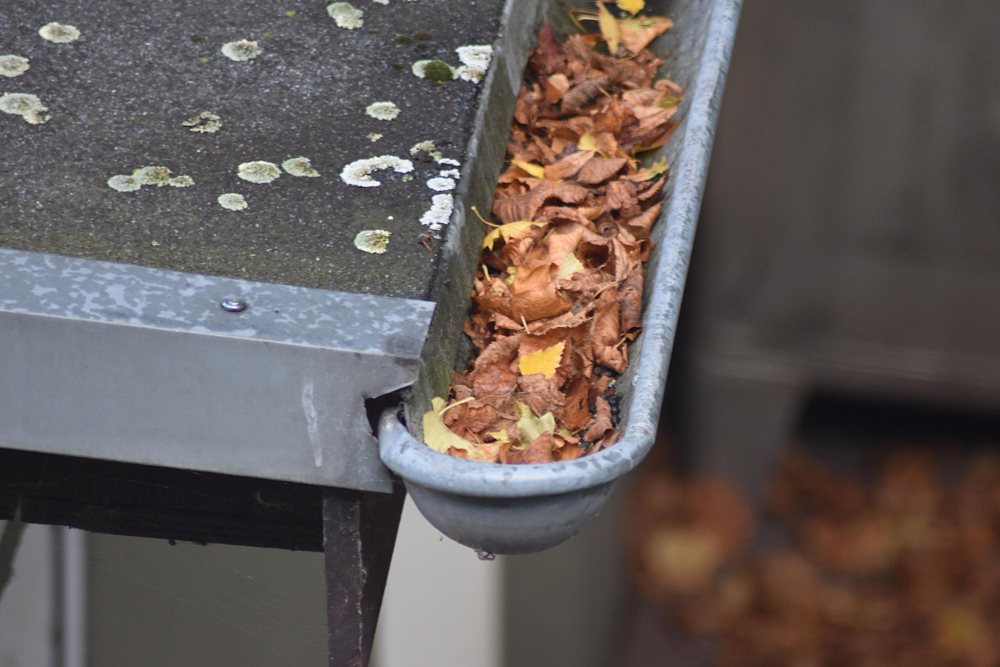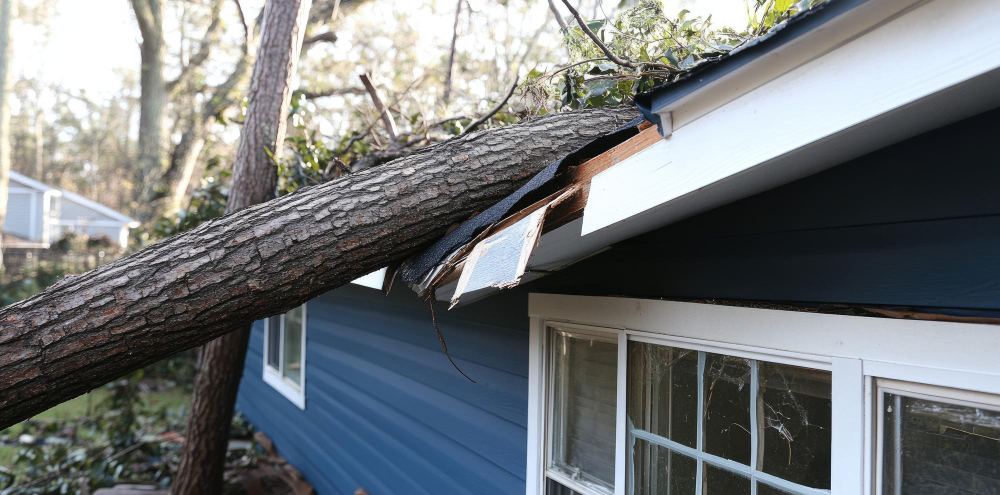Fences are more than just protective boundaries in modern times. They not only ensure high-grade security of your property but also offer an aesthetic charm that adds to its value. As impressive as it sounds, installing fence is not a piece of cake. You need professionals to do the job. But at what cost? That’s what we’re going to uncover.
Several factors impact the actual fence installation costs. We’ll discuss all these factors in detail, plus a breakdown of the latest 2025 rates, tips for affordable installation, and some other related useful insights that you wish you’d known earlier. Let’s start…!
Cost of a New Fence Installation Project
The materials used in your fence installation project along with the size of your yard, influence how much it costs to build a fence. The average cost of a new fence installation job is $4,000, with $1,000 on the lower end and about $7,000 on the higher end.
Average Fence Installation Cost | |
Average Cost | $4,000 |
Low End | $1,000 |
High End | $7,000 |
What Affects the Cost of Building a Fence?
As promised, here’s a detailed disclosure of factors that can impact your fence project costs:
- Fence Materials: Fences can be constructed from a variety of materials, such as wood, aluminum, PVC, vinyl, etc. Each of these materials differs in price depending on its availability and manufacturing costs. Here’s a breakdown of the installation costs of these materials:
Material | Average Cost Range Per Linear Foot | Price Determining Factors |
Wood | $10-$45 | Popular |
Vinyl | $15-$40 | Synthetic, durable, and water-resistant |
Steel | $17-$90 | Durable |
Chain Link | $8-$40 | Affordable, Ideal for metropolitan areas |
Wrought Iron | $25-$55 | Complex Manufacturing Process |
Most people prefer wood, but wood also comes in several types for fencing purposes. Here’s what each wood type could cost in 2025:
Type of Wood | Average Cost Per Linear Foot (with installation) |
Pine | $12 – $58 |
Spruce | $14 – $32 |
Cypress | $20 – $39 |
White oak | $23 – $70 |
Cedar | $25 – $37 |
Redwood | $26 – $97 |
Tropical hardwoods | $27 – $53 |
Western red cedar | $27 – $70 |
Black locust | $30 – $73 |
Composite | $42 – $75 |
- Fence’s Size and Height: Your fencing area and the fence height greatly impact the installation cost. The larger the area, the greater the material and labor rates. Here’s a breakdown for you to assess the potential cost based on the fence length:
Linear Feet | Acres | Average Cost (Materials and Labor) |
150 | 1/8 acre | $3,900 – $10,350 |
220 | 1/4 acre | $5,720 – $15,180 |
590 | 1/2 acre | $15,340 – $40,710 |
1,100 | 1 acre | $28,600 – $75,900 |
- Skilled Labor: As stated earlier, a larger fencing area will demand more labor costs as you need more than two workers to effectively do the job.
- Heavy Equipment: Large fence panels’ installation requires heavier equipment like an excavator or backhoe. Operating these heavy machineries also requires a lot of manpower, while the equipment costs also add up.
- Paint & Stain Costs: Painting or staining your new fence isn’t included in the installation costs, so you have to pay extra charges for this additional service. At best, fence painting costs $1.60-$3.20 per sq. ft. while staining costs somewhere in between $1.30 and $2.70 per sq. ft.
- Design Complexity: As they say, the more you put in, the more you get out. Similarly, the more intricate, beautiful designs you’d want for your fences, the more costs will add up. For instance, if you want to add a gate to your fence, then it will require additional expertise, time, labor, and heavy equipment. Thus, it will typically add $150 – $1,085 to the overall fencing costs.
- Personalized Add-Ons: Be ready to spend extra dollars if you want more with your fences. Special fence features like rare materials, motion sensor lights, or smart security functions will also increase the overall manufacturing costs.
- Location Matters: The location also matters a lot. Everything from labor rates to the availability and pricing of materials fluctuates from one city or State to the next. Moreover, building the fence on a hilly or sloped yard costs more than on a smooth surface. Thus, you need to have an extra amount to meet a 10% increase in cost.
- Hidden Charges & Extras to Watch Out For: You need to consider additional costs for a large quantity of debris (scrubs, vegetation, and/or trees) or an existing fence to be removed, as this will increase the overall expenses. In some areas, you need a permit to install a fence, which can cost anywhere between $20 and $60.
Smart Ways to Cut Fence Installation Costs
Worrying about the hiked-up fence manufacturing costs that are out of your expectation zone? Don’t stress about it and follow our pro hacks to save big on your investment:
- Remove the old fence (if required) and perform site preparation by yourself. You’d be saving an extra $6.50 to $12.50 per linear foot of fence.
- Reuse materials from previous projects, like wooden planks from a table, by recycling them.
- Stick with simple fences with minimalistic appeal instead of going for the fancy designs.
- Initially install the fence in a smaller region or do it in segments over a while.
- Choose a relatively cost-effective fence material like wood or vinyl.
- Try hiring a contractor during the off-season (usually winter).
- Consider installing a shorter fence.

Fence Maintenance Tips for Long-Lasting Results
Every sort of fence material demands different requirements for upkeep. Here’s how to care for your fence investment by protecting its different material types:
Wood Fences
Lasting 15 to 20 years with proper maintenance, wood fences need constant upkeep. You need to stain or seal them every 2-3 years to prevent rot, bending, and moisture damage, and perform inspections for pests or termites, particularly in moist climates. Moreover, you also need replacing broken and rotted boards as needed to maintain structural integrity.
Vinyl Fences
Demanding minimal upkeep, vinyl fences can last up to 20-30 years. You occasionally need to clean them to remove dust and algae growth. Beware of leaning heavy objects against panels to prevent twists or cracks. To ensure maximum stability, you need to check posts and connectors every now and then.
Wrought Iron Fences
You can extend the life of wrought iron fences over 50 years. Just sand and repaint any rusty areas to prevent corrosion. Occasionally, examine joints and fasteners to keep their strength and sturdiness at maximum. Apply sealant or a rust-inhibiting primer every few years.
Chain Link Fences
These fences also come with a lifespan of 20-30 years. You need to prevent them from corrosion by applying rust-resistant coatings or paint, especially if built in coastal regions. To keep roots and vines from wearying the structure, you need to keep flora around the fence trimmed. Maintain the safety capability of chain link fences by tightening any bending parts or slack posts.
Protect What Matters – Install Fences with the Pros in Bowling Green, KY
Fences are boundaries built to last. So, if you want durable fencing with quality finishes manufactured and installed on your properties, reach out to Scott Webb Construction. We’re known for building, installing, repairing, and maintaining fences that define and defend. Call now at (270) 282-1250 or e-mail at scottwebb100706@yahoo.com to acquire your custom fencing today that stands the test of time.




